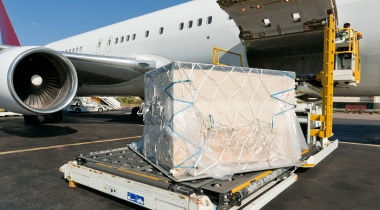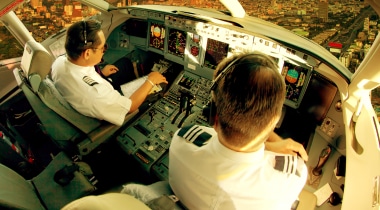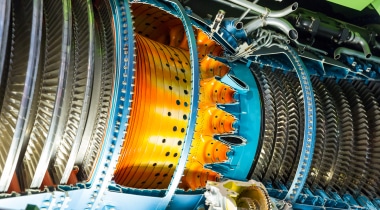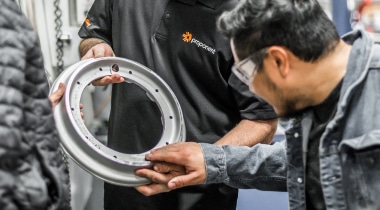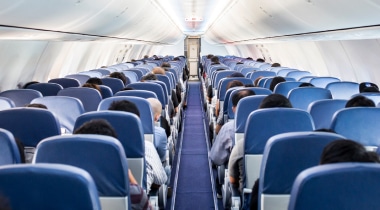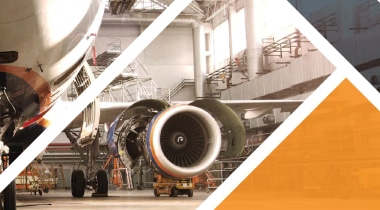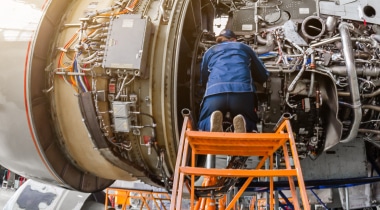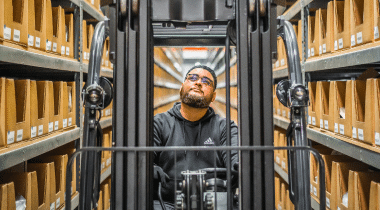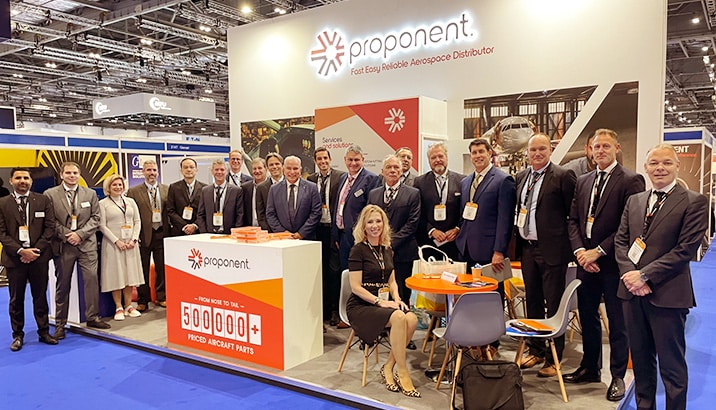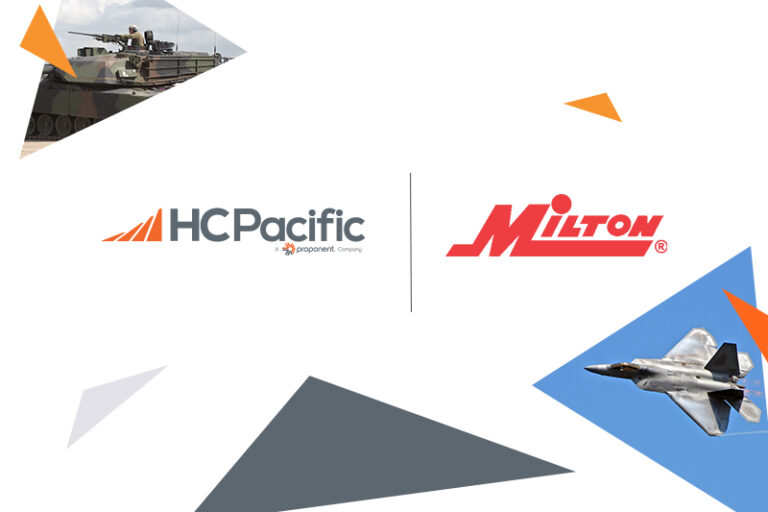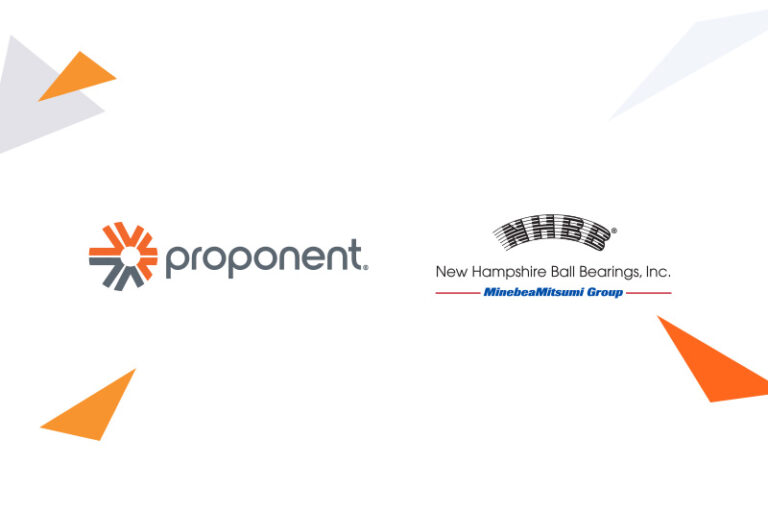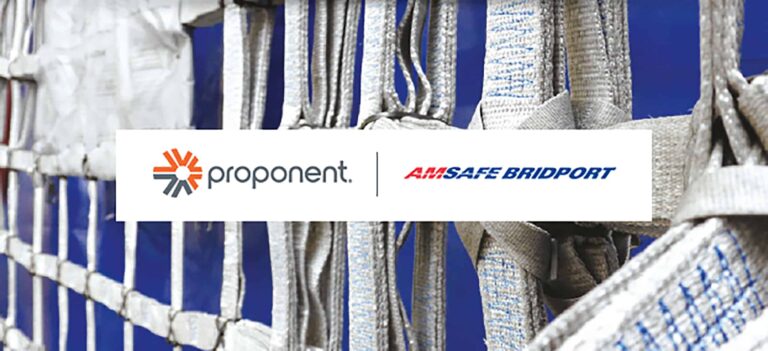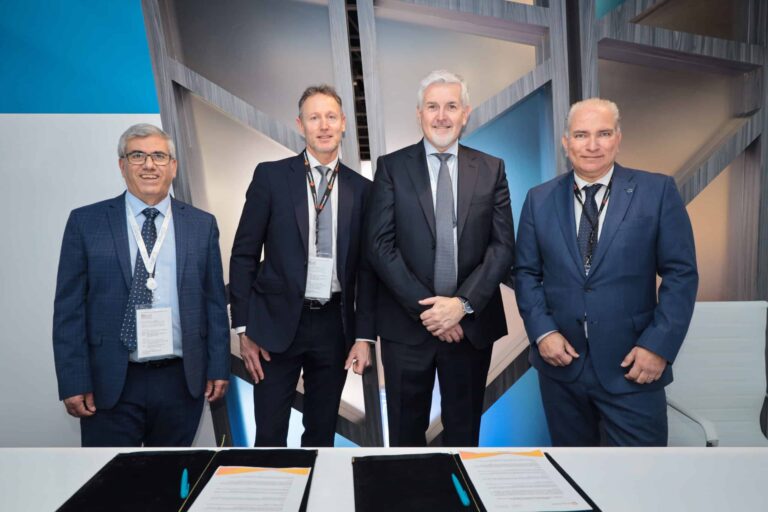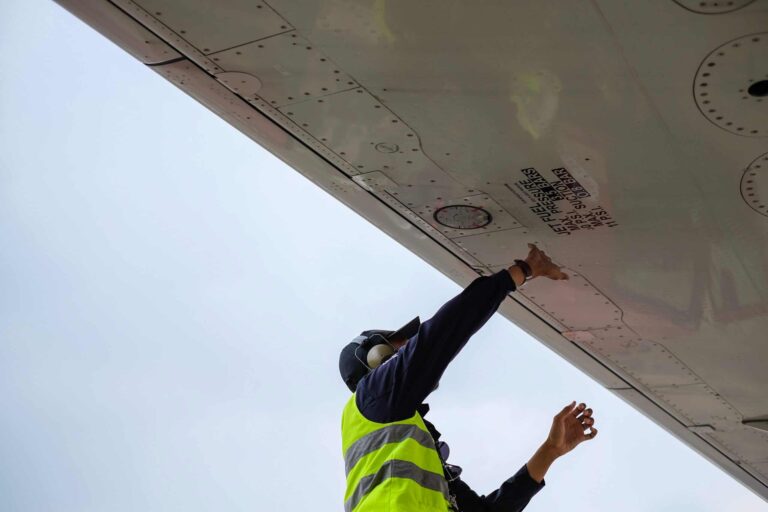Aerospace is not necessarily an industry well known for collaboration. Though the continued success of aviation relies heavily on transparency, communication and many different parties working together, aerospace has a much more ingrained culture of mergers and acquisitions than of good old-fashioned cooperation. However, one notable area that has seen lots of enthusiastic collaboration in the past few years is technology.
From sharing data that increases safety and efficiency to sharing expertise that is revolutionizing the MRO sector, the aerospace industry is seeing huge benefits from technological partnerships.
While many of these collaborations make good business sense for the parties involved, there are some more sweeping collaborations that have the good of the entire industry in mind. The partnerships outlined in this blog have led to increased efficiency, increased safety and targeted education.
Data Collaboration
The consensus in the aerospace community is that data collaboration is a necessary step for maintaining safety and efficiency standards moving forward. A key question remains: How will this sharing of data occur? Aerospace requires many companies to work on various aspects of design, production and maintenance, and many of these companies have their own proprietary data systems that don’t communicate the data externally. Speaking at a panel at MRO Europe in October 2017, David Longridge, VP Sales & Marketing for Boeing Global Services, highlighted the issue.
“Collaboration is the most important thing along with understanding what airlines expect from a digital service, which is simplicity and the ability to integrate it into their current systems,” Longridge says. “No airline wants 50 different applications to look at its aircraft – ideally they’d like to use one or two.”
Airbus is aiming to fill the role with its open data platform, Skywise (itself a collaboration between Airbus and Palantir Technologies, a pioneer in big-data integration and advanced analytics). Skywise was designed to be the single platform of reference for major aviation players to collect critical data such as work orders, spares consumption, components data, aircraft/fleet configuration, onboard sensor data and flight schedules. By analyzing and cross-referencing these disparate data points, operational performance should increase, maintenance should be more targeted and easier to schedule, and a more holistic view of the aviation industry should be possible.
Aerospace Collaboration in Action
Some projects that are already benefiting from data collaborations are a runway safety solution and an air traffic management field test currently being implemented.
Honeywell Aerospace and NAVBLUE, a subsidiary of Airbus flight operations and air traffic management, are working together to create an avionics package that aims to provide a solution to runway safety. Honeywell’s SmartLanding system alerts pilots if they are approaching a runway “too high, too fast or in an otherwise unprepared fashion.” This would be complemented by NAVBLUE’s runway overrun prevention system (ROPS), which compares remaining runway length to expected stopping distance in real time to prevent runway overrun.
In an attempt to decrease air traffic delays, NASA, the Federal Aviation Administration (FAA), the air traffic controllers union, American Airlines and officials at Charlotte-Douglas International Airport in North Carolina have been collaborating on a three-year field test called Airspace Technology Demonstration-2 (ATD-2). This partnership shares historical and real-time data, employs innovative NASA algorithms, and implements new efficiency procedures to work toward an ideal system for getting on and off the runway as safely and efficiently as possible. Once the demonstration is complete, the finalized NASA-developed technology will be transferred to the FAA and to the aviation industry, to be implemented as the industry sees fit.
Another innovative collaboration is between MRO and technology companies to develop augmented reality (AR) software to assist maintenance workers who are learning repair skills. With the well-reported MRO shortages brought about by exponential growth in the emerging Asia Pacific and Middle East aviation markets, MROs are looking for creative solutions to increase their skilled workforce quickly, and AR allows them to tap into the engineering expertise of existing workers to train new recruits remotely, potentially even providing real-time guidance.
A New Way for Aerospace?
Collaboration has always been an important element of aerospace, but it’s exciting to see the positive leaps that have come out of different segments within the industry, and to see partners from outside the industry coming together to focus on solving problems that are too big to be resolved by any one party.
Perhaps this is the beginning of a more collaborative aviation industry. With sweeping global resolutions around airline safety and sustainability in the past few years, and the continuing need for creative problem-solving across segment and industry lines, it is likely that we will see more collaboration in the near future. This may lead to some very positive changes. After all, a rising tide lifts all boats – or, more appropriately, a rising wind lifts all aircraft.
More From the Proponent Blog
What It Means to Be a Value-Added Distributor

